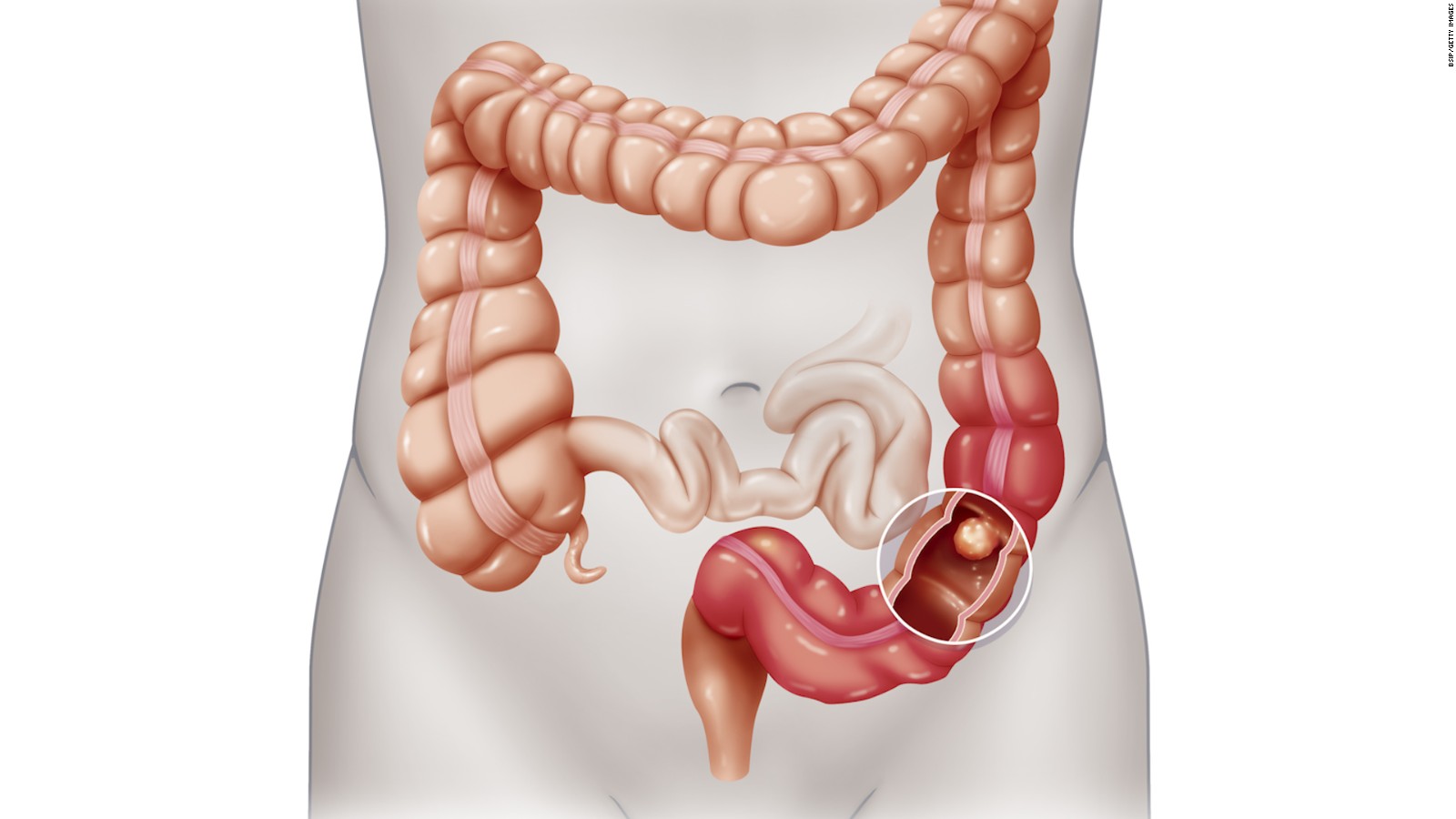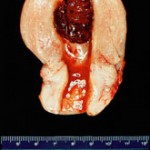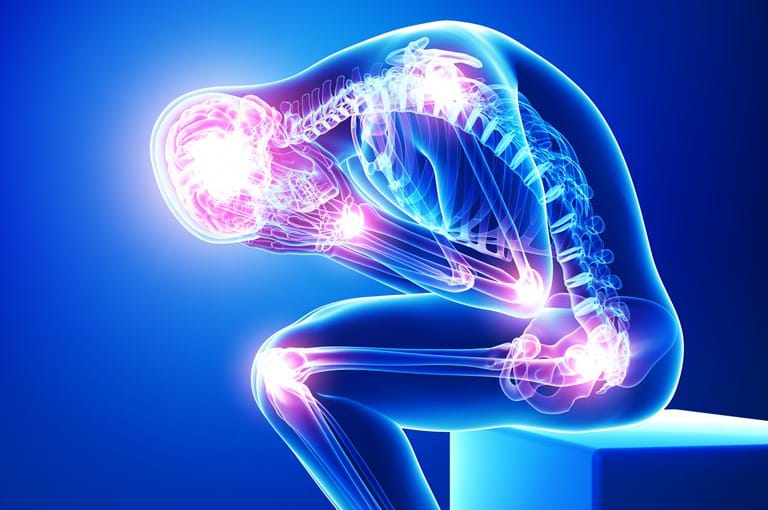Peripheral vascular disease is a blood circulation disorder that causes the blood vessels outside of your heart and brain to narrow, block, or spasm. This can happen in your arteries or veins. PVD typically causes pain and fatigue, often in your legs, and especially during exercise. The pain usually improves with rest.
Peripheral arterial disease (PAD) develops only in the arteries, which carry oxygen-rich blood away from the heart.
Types:
The two main types of PVD are functional and organic PVD. Functional PVD means there’s no physical damage to your blood vessels’ structure. Instead, your vessels widen and narrow in response other factors like brain signals and temperature changes. The narrowing causes blood flow to decrease. The most common causes of functional PVD are emotional stress, cold temperatures, operating vibrating machinery or tools etc
Organic PVD involves changes in blood vessel structure like inflammation, plaques, and tissue damage. The primary causes of organic PVD are, smoking, high blood pressure, diabetes, high cholesterol etc.Additional causes of organic PVD include extreme injuries, muscles or ligaments with abnormal structures, blood vessel inflammation, and infection.
Risk factors
- over age 50
- overweight
- abnormal cholesterol
- history of cerebrovascular disease or stroke
- have heart disease
- have diabetes
- have a family history of high cholesterol, high blood pressure, or PVD
- have high blood pressure
- have kidney disease
complications
- tissue death, which can lead to limb amputation
- impotence
- pale skin
- pain at rest and with movement
- severe pain that restricts mobility
- wounds that don’t heal
- life-threatening infections of the bones and blood stream
Early diagnosis is the first step to successful treatment and it can prevent life-threatening complications.


















